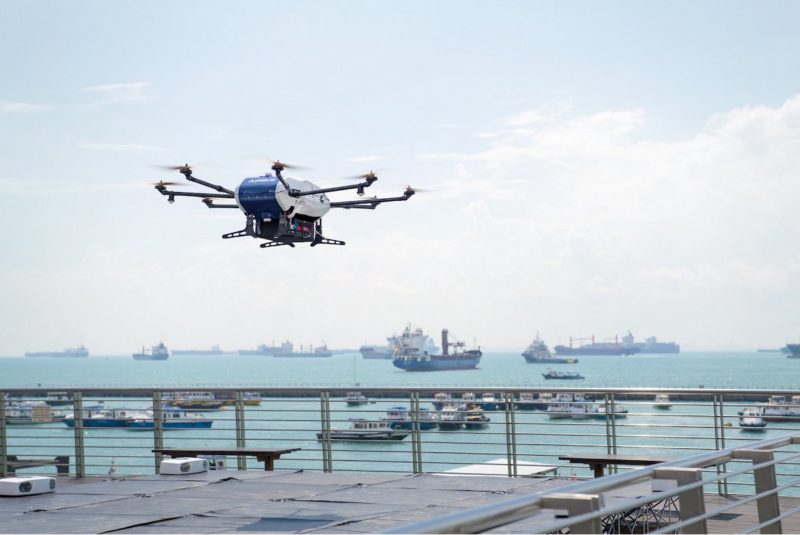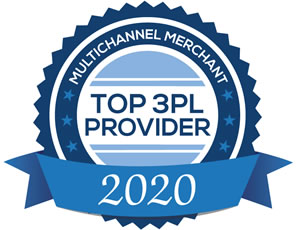
The fields of warehousing and fulfillment have entered a dramatic period of automation. In just a few years, there could be as many as 4 million robots roaming warehouses worldwide.
The Pizza Bot is Here
In 5 European cities, autonomous robots are already delivering pizza. In fact, 2016 saw the first drone-delivered pizza carried by Dominos in New Zealand. The CEO pointed out that drones can get there quicker and more safely, predicting that this technology would soon dominate.
Just a few years later, Iceland and Australia already use drones for delivery and the UK is expected to have food delivery drones within the next five years. Google already obtained regulatory approval for use of its public delivery drones in Australia. The drones will transport coffee and pharmacy items to consumers' homes (with some restrictions). The restrictions are not so bad considering how long it took to sort them out.
FedEx has been in the news quite a bit to discuss its new last mile delivery robot. Lowes has zoned in on this development and will try out the bots to see how they can improve logistics. For those that follow supply chain management, not to mention those that shop at the home improvement store, it's no secret that the company has had major technology and supply chain issues, and the new direction is squarely focused on improvements to those two areas.
Second-to-last Mile
The benefits of drone delivery extend beyond the last mile. Ship to shore delivery drones are being tested in a broader scope to help increase port efficiency and decrease greenhouse emissions. Using drones to offload ships, trains and trucks can reduce manual labor and improve supply chain movement.
In the ever-speedier market pace of e-commerce fulfillment, using autonomous vehicles to help distribute inventory means goods are moved more quickly both at the wholesale level and the consumer level. This strategy will become essential as the flow of goods continues to expand.
Finally Making Money
This year, UPS became the first entity to use a drone for a revenue generating delivery. While many companies have experimented, UPS actually beat them all out (yes, even Amazon!) to get a drone past the testing phase and into commercial use. In partnership with Matternet, the shipping carrier has begun medical supply delivery within the WakeMed campus in Raleigh, NC via drones, cutting the transit time from as long as 30 minutes to just 3 minutes.
Tending the Shop
Earlier this year, Walmart announced it would be adding as many as 4,000 more robots to its stores. The bots will work as floor cleaners, shelf stockers, unloaders, inventory clerks, and online pickup attendants.
And let's not forget that not all automation is about robots. Using AI systems to forecast and replenish inventory is one of the most powerful uses of supply chain automation. Grocers such as Ahold Delhaize are using machine intelligence to improve efficiency by harnessing AI's ability to analyze and predict need.
Further, not all automation is relegated to stay behind the scenes. Consumers are already comfortable with self-checkout in many stores, making things quicker and easier. But autonomous checkout will now start to increase in use, removing even more of the logistics steps to purchase. There are hurdles to full adoption that must be addressed, but the concept is gaining popularity.
Regulations are Changing
Drone delivery may be on the cusp of a breakthrough. One of the biggest obstacles to feasible drone adoption (besides range and capacity) is airspace security and regulation. The FAA and many private citizens, are leery of the potential privacy and security issues surrounding the mainstream use of drones. But Google has become the first drone operator to secure FAA approval and it is rushing into the space with big plans.
As more companies like Google and Uber become players in the drone market, costs will come down and basic logistics can be worked out.
Someday soon, drones may be delivering pizza to your door.
Business Tips and Industry News
For more news and tips on all things business and e-commerce, visit our e-zine. Our e-zine is also available as an rss feed.



